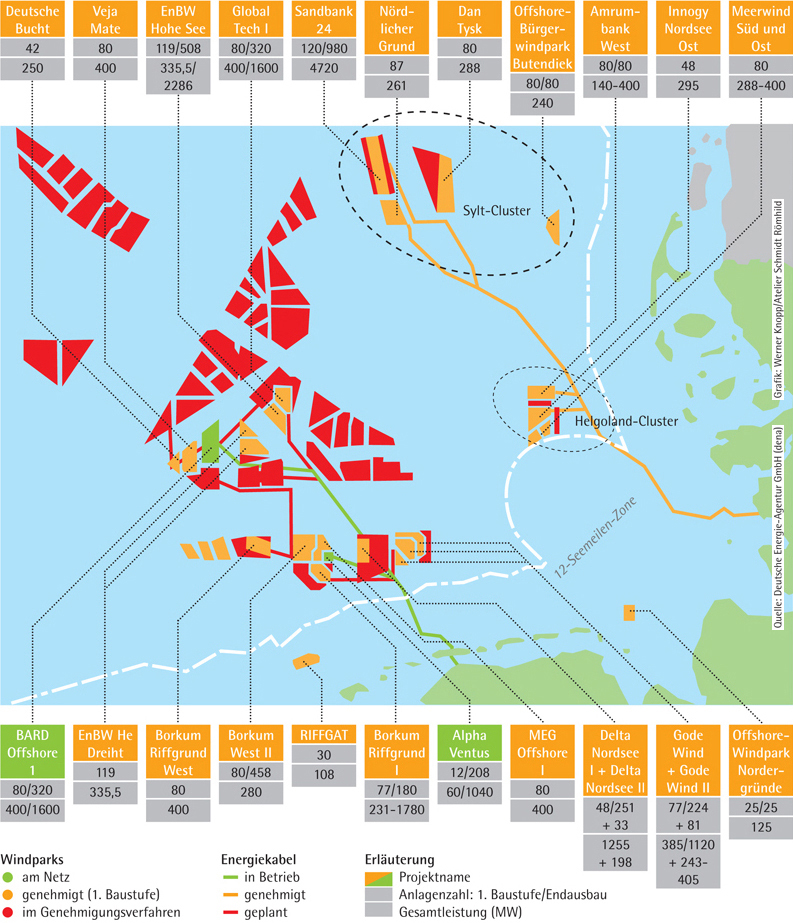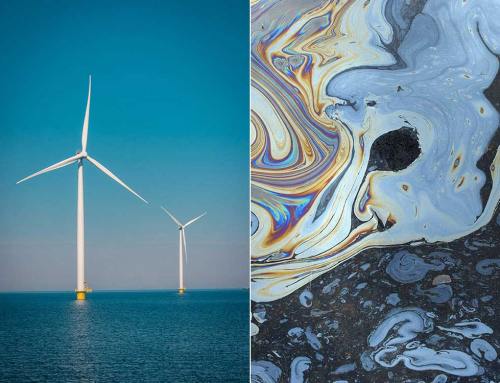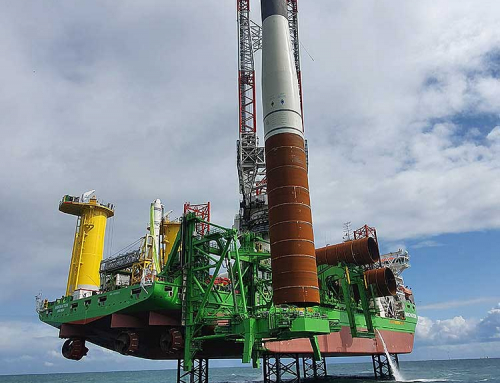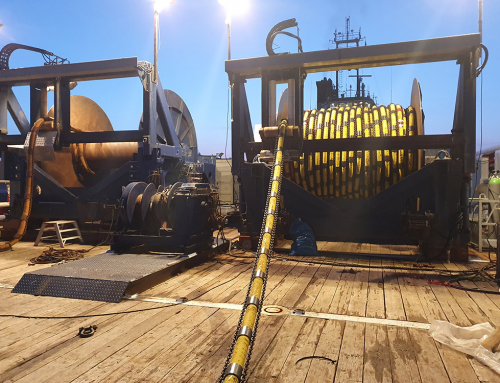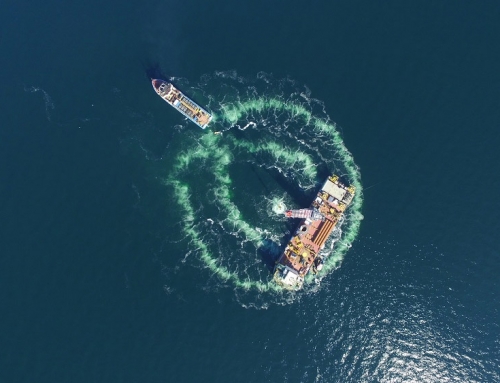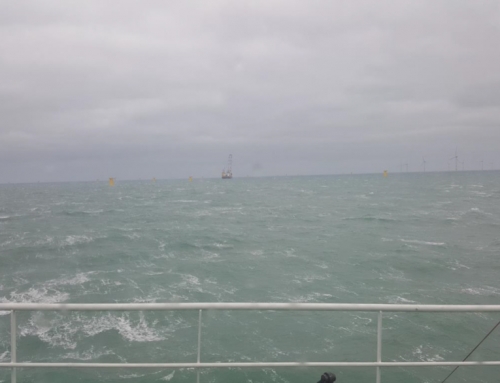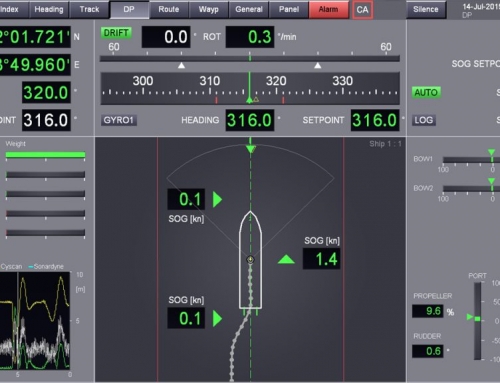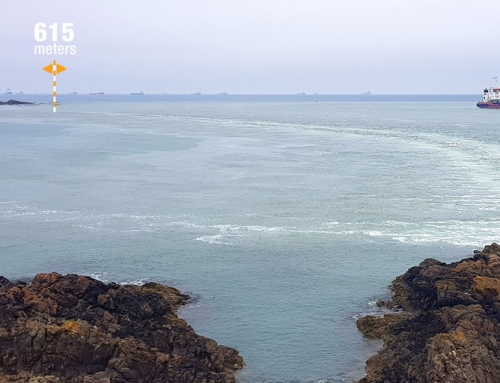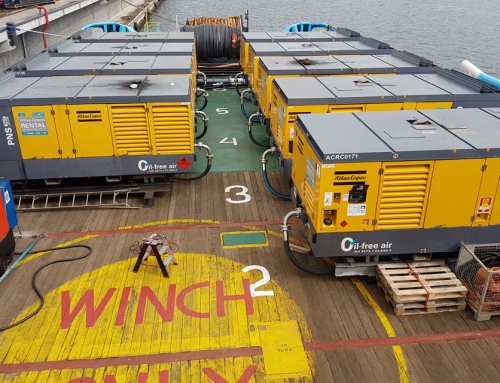An article by Werner Evers, a freelance journalist
The German government is pushing the nuclear power phase-out. By 2030, 5,000 wind turbines are expected to be rotating in the North and Baltic Seas. 60 nuclear power plants will no longer be necessary when these wind turbines generate 25,000 megawatts of electricity – a unique order for the German energy industry and an ambitious industry challenge.
However, scientists and nature associations pointed out the extreme noise emissions during the construction phase of the foundations at an early stage. GSM, NABU, and GRD indicated that harbor porpoises would die from hydro noise at this permanent level.
40 meters deep into the ground
For the foundation of just one wind turbine, up to 4 driven piles are driven into the seabed. Each post is about 55 meters long and weighs up to 200 tons. They are driven 40 meters into the ground with a pile hammer through mud and almost concrete-hard sand. Around 3,000 rams are required for each pillar.
Air bubbles change the density of the water
After 2 years of research and development, a system is now ready for use, the “Large Bubble Curtain HY75”. Under the leadership of HYDROTECHNIK LÜBECK with Cay Grunau as managing director, the initially simple idea was brought to maturity. Air bubbles change the density of the water; the sound is broken and not transported further. However, the demands on this new technology were high. Legal guidelines had to be achieved, and the rapid construction speed could not be disturbed. The funds of 5 million euros for the system’s development came mainly from the Federal Ministry for the Environment. With technical support from the University of Hanover and BioConsult, and ITAP, it is now done. The “BIG BUBBLE CURTAIN HY75” system is ready for use.


